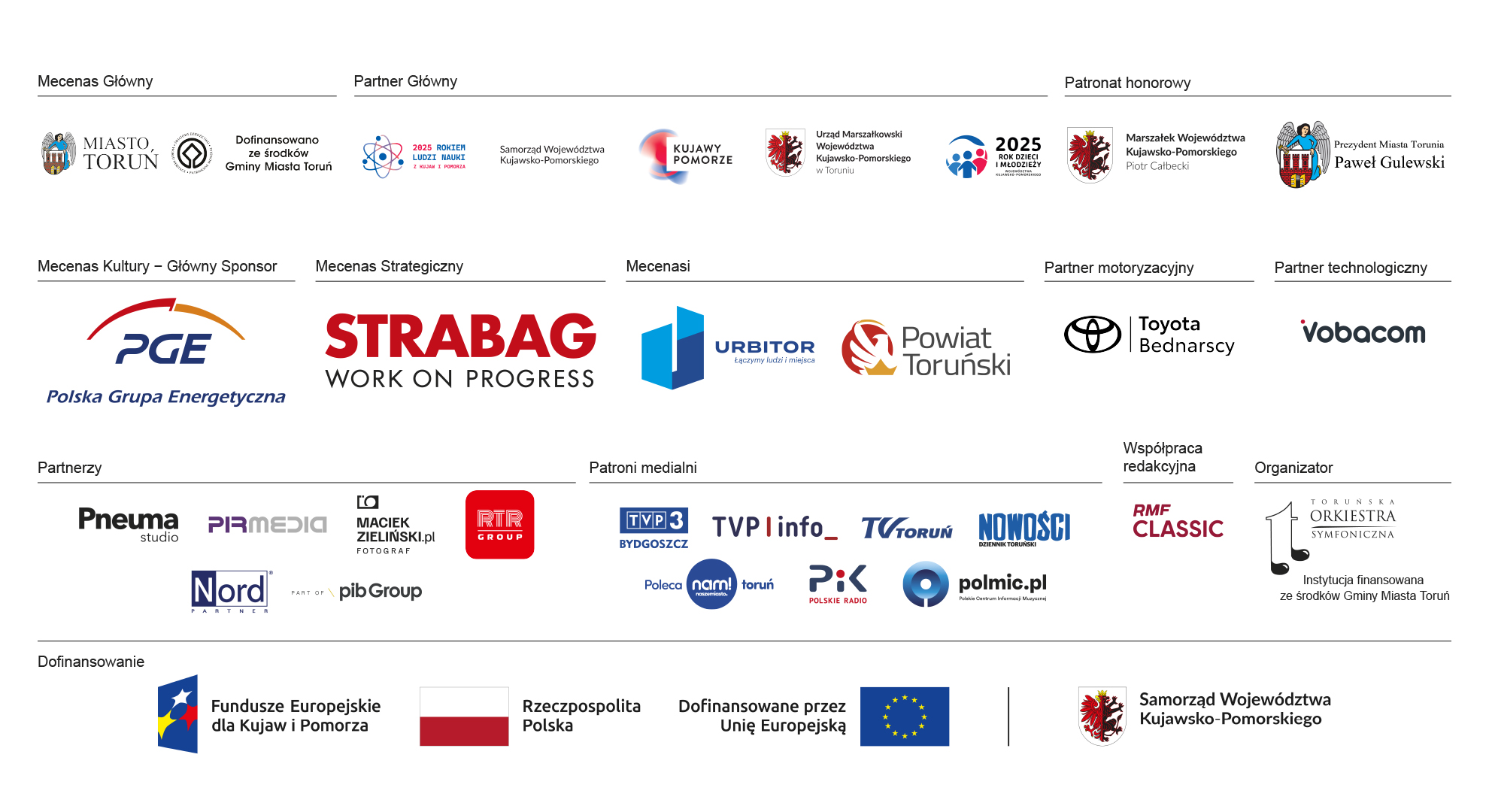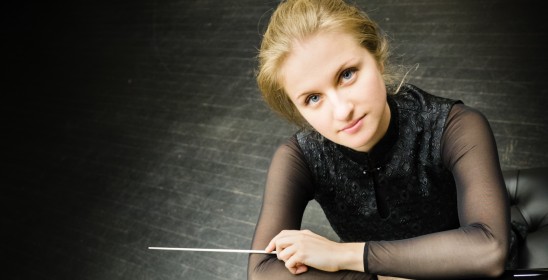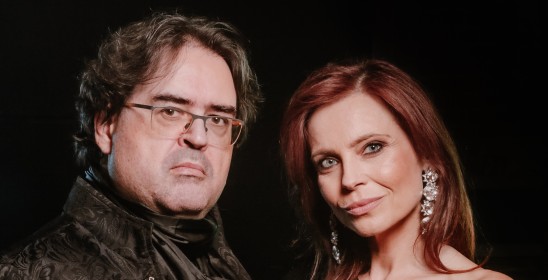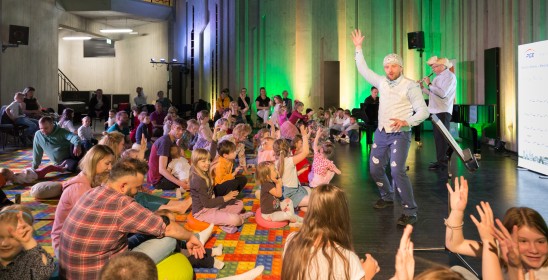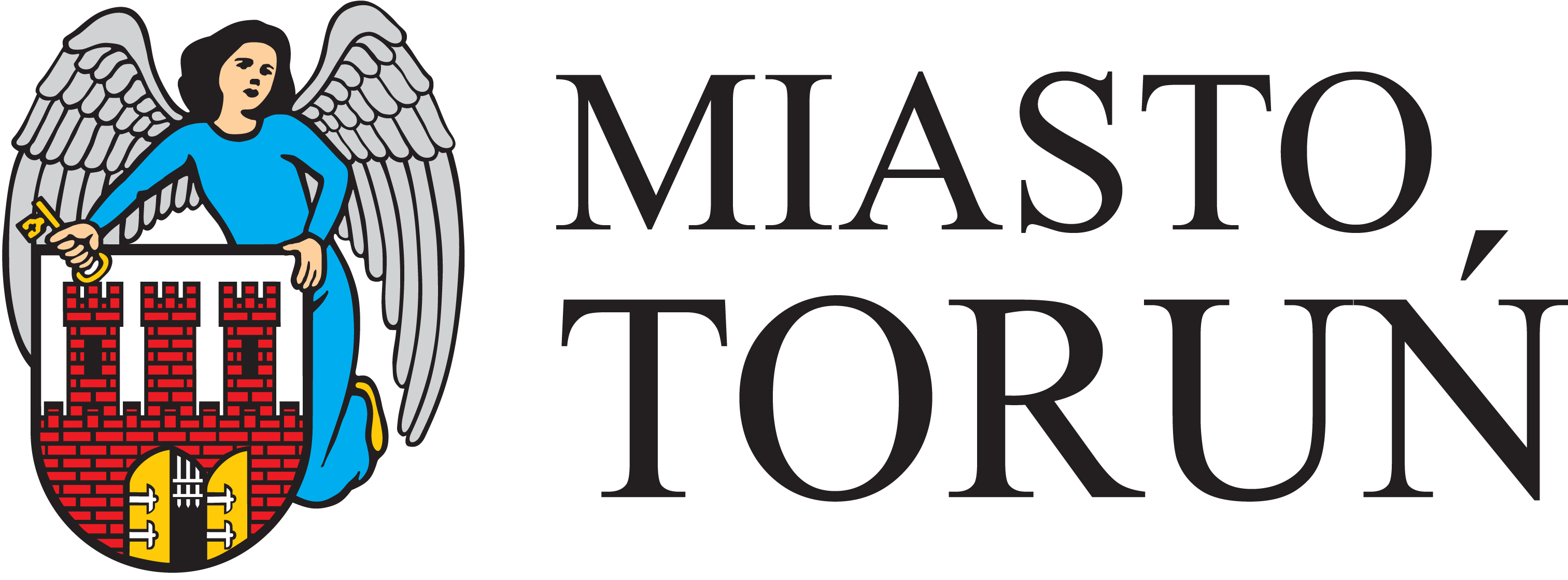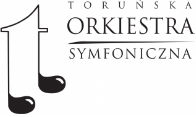Music of the Night A magical dusk recital. Festival Opening
- Adam Kośmieja - piano
- Magdalena Kujawa - host
Programme:
- L. van Beethoven - Sonata No. 14 in C sharp minor, Op. 27 No. 2 "Moonlight"
- F. Chopin - Nokturn in C sharp minor, op. posth
- F. Liszt - Consolation No. 3 in D flat minor
- C. Debussy – Moonlight
- E. Satie - Trois Gnossiennes
- A. Pärt - Variations for the Healing of Arinushka
- P. Glass - Glassworks: Opening
- M. Richter - Departure
- R. Sakamoto - Bibo no Aozora
- S. ten Holt - HUMAN (Canto Ostinato: sections 69-87)
When all is still, music begins to flow…Join us for a unique recital at dusk.
The programme features classical works that evoke the mystery of night and twilight, as well as hypnotic, dreamlike compositions drawn from minimalist and film music genres.
As the moon rises, the first notes of Ludwig van Beethoven’s Piano Sonata No. 14 in C-sharp minor Op. 27 No. 2—known to the world as the Moonlight Sonata—will fill the air. Composed between 1800 and 1801, the sonata was dedicated to Beethoven’s beloved pupil, Countess Giulietta Guicciardi.
Interestingly, the name “Moonlight Sonata” was not given by Beethoven himself, who titled it in Italian as Sonata quasi una fantasia (Sonata in the manner of a fantasy). The evocative nickname was later coined by poet and music critic Ludwig Rellstab, who likened the first movement to moonlight shimmering across a still lake.
Over time, the Moonlight Sonata has inspired generations of artists. John Lennon, for instance, based the chord progression of Because on a reversed sequence from its opening. Its haunting beauty has also found its way into video game soundtracks like Shadow Man, anime films, and numerous other cultural works.
The work presents an intriguing structure—it omits the traditional first, fast movement. Instead, it opens with a soothing melody, reminiscent of a lullaby. The second movement is carefree and lively, while the finale concludes the piece with unexpected strength and conviction. Beethoven employed innovative compositional techniques in this piece. Notably, he sustains the piano pedal throughout the opening section, allowing the harmonies to blend into one another. This creates a hazy, mysterious atmosphere that immerses the listener.
The programme would not be complete without a nod to Frédéric Chopin, whose nocturnes perfectly capture the romantic aura of the night. The soloist has selected Chopin’s Nocturne in C-sharp minor, Op. posth., composed in 1830 in Vienna.
Chopin’s influence can also be felt in Liszt’s Consolations, though Liszt’s interpretations tended to be more expansive and expressive. As critics have noted, he often allowed himself greater artistic freedom in performance.
“For Franz Liszt, a staunch advocate of programmatic music, the symbolism of sound and the inspiration drawn by both performer and listener were of utmost importance. It is likely that the impulse behind these miniatures had a literary origin”, wrote Marek Szlezer in “Notatnik Pianistyczny”.
The title Consolations was likely inspired by Lamartine’s poem Une larme, ou Consolation, or perhaps a collection by Charles-Augustin Sainte-Beuve.
Interestingly, Consolation No. 3 in D-flat major was particularly cherished by Franz Liszt, who continued to perform it publicly well into his old age.
Tonight, the piano will quite literally—and figuratively— be illuminated by the Moonlight. Clair de lune, the most famous movement of Claude Debussy’s Suite bergamasque, was composed at the end of the 19th century and is often described as a “manifesto of impressionism in music”. Its ethereal melody has graced the soundtracks of films such as Ocean’s Eleven, Seven Years in Tibet, and Twilight. Interestingly, Debussy initially hesitated to publish the suite, doubting its worth, and delayed its release for several years.
Claude Debussy is not the only French composer whose music will accompany us after dusk. Adam Kośmieja has also chosen to include Trois Gnossiennes by Erik Satie—one of the most eccentric figures in late 19th- and early 20th-century music. Often described as a “brilliant jester”, Satie left an indelible mark on modern music. Igor Stravinsky once called him “the most awful person he ever knew—and also the rarest”. His music reflects both a haunting darkness and a whimsical eccentricity. Gnossiennes featured in numerous films and television series.
Alongside classical masterpieces, this evening’s programme also features works by contemporary composers—many of whom are known for film scores, electronic soundscapes, or minimalist music. Among them are Estonian composer Arvo Pärt, American minimalist Philip Glass, British-German artist Max Richter, Japanese icon Ryūichi Sakamoto, and Dutch composer Simeon ten Holt.
After dark, even familiar pieces take on new life. At night, we begin to hear the subtle sounds that often escape us during the day...
Photo: Bartek Barczyk
Mecenas Główny: Miasto Toruń
Partner Główny: Samorząd Województwa Kujawsko-Pomorskiego
Dofinansowano z Funduszy Europejskich
Patronat honorowy: Marszałek Województwa Kujawsko-Pomorskiego Piotr Całbecki, Prezydent Miasta Torunia Paweł Gulewski
Mecenas Kultury - Główny Sponsor: PGE Polska Grupa Energetyczna S.A.
Mecenas Strategiczny: Strabag Sp. z o.o.
Mecenasi: Urbitor Sp. z o.o., Starostwo Powiatowe w Toruniu
Partnerzy: Pneuma Jarosław Pawlicki, Pirmedia Sp. z o.o., BJJ Maciej Zieliński, RTR Group Sp. z o.o.
Partner motoryzacyjny: Toyota Bednarscy
Partner technologiczny: Vobacom Sp. z o.o.
Patronat medialny: TVP3 Bydgoszcz, TV Toruń, Nowości - Dziennik Toruński , Toruń Nasze Miasto, Polskie Radio PiK, POLMIC
Współpraca redakcyjna: RMF Classic
Organizator: Toruńska Orkiestra Symfoniczna
